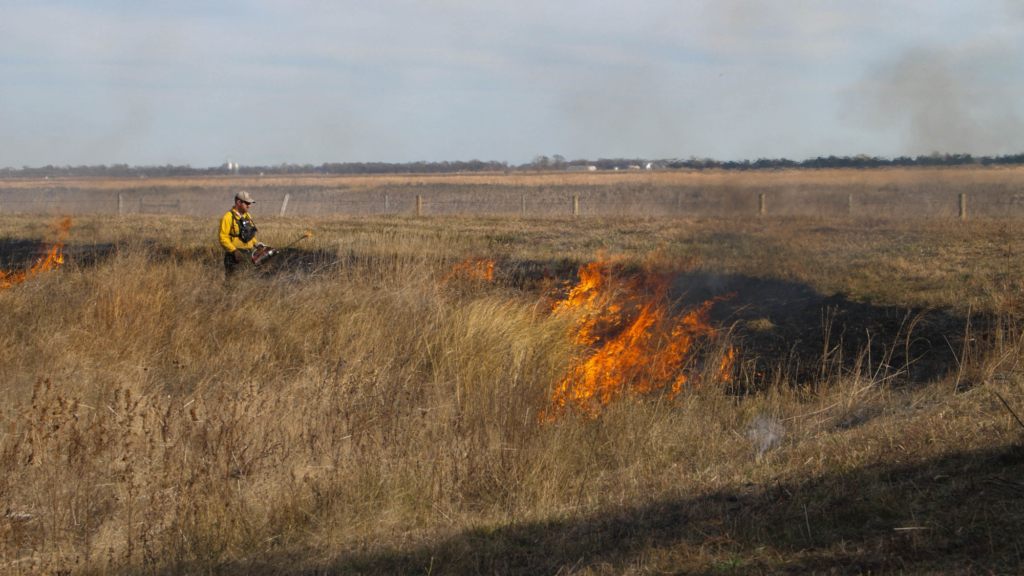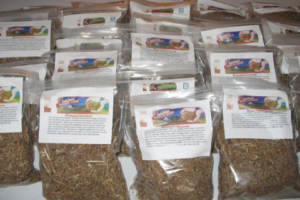Noxious Weeds Found in CPNRD and Herbicide Treatment Periods
Musk Thistle
Commonly Found In: Disturbed areas, pastures
Counties reporting in 2021: Buffalo, Custer, Dawson, Frontier, Hall, Hamilton, Merrick, Polk, Platte
Emerges: April Treat: Fall then following May with mowing in early July to set back any regrowth
Canada Thistle
Commonly Found In: Disturbed areas, pastures
Counties reporting in 2021: Buffalo, Custer, Dawson, Hall, Platte
Emerges: April Treat: May & June or October
Leafy Spurge
Commonly Found In: Disturbed areas, pastures
Counties reporting in 2021: Buffalo, Custer, Dawson, Frontier, Hall, Hamilton, Merrick, Polk, Platte
Emerges: April Treat: June & July during flowering stage or October/November before first killing frost
Purple Loosestrife
Commonly Found In: Wetlands, lowlands, river banks
Counties reporting in 2021: Along Platte River, close tributaries, and wetlands
Emerges: April Treat: June & July during flowering stage or October/November before first killing frost
Repeated Treatments: Check treated areas the following year for regrowth
Saltcedar
Commonly Found In: Wetlands, lowlands, river banks, dry channels, and islands
Counties reporting in 2021: Along Platte River in Dawson and Merrick
Emerges: April Treat: June through October
Phragmites
Commonly Found In: Wetlands, river banks, dry channels, and islands
Counties reporting in 2021: Along Platte River, close tributaries, and wetlands
Emerges: April Treat: May & June, when 2 to 3' tall or September/October before first killing frost
Find more detailed information at the following:
Nebraska Weed Control Association (NWCA) http://www.neweed.org/
NWCA Web Map http://www.neweed.org/WebMap.aspx
UNL Herbicide Guide ($15.00 for print and/or download) https://marketplace.unl.edu/extension/ec130.html
Nebraska Dept. of Ag – Noxious Weeds http://www.nda.nebraska.gov/plant/noxious_weeds/index.html






